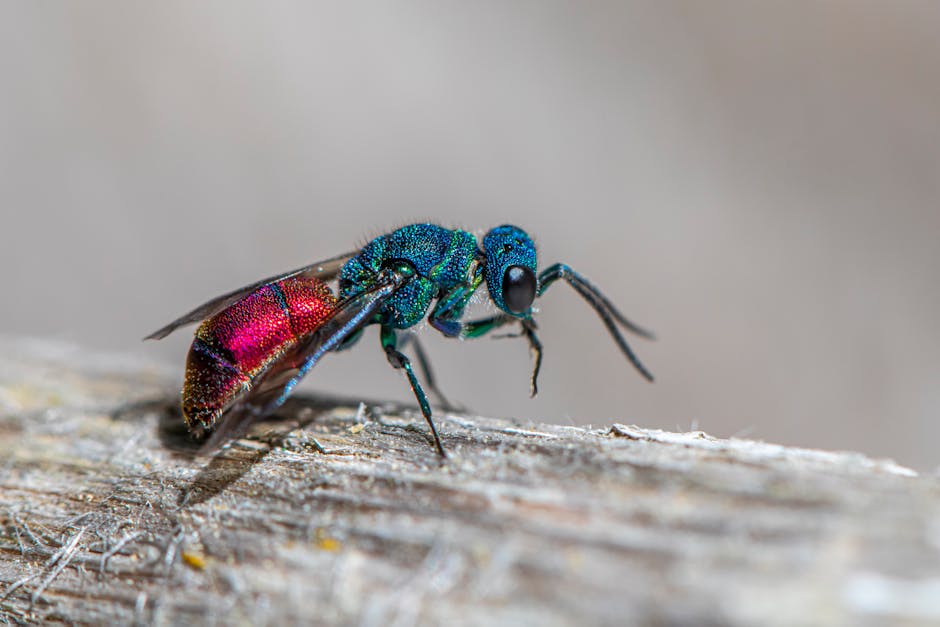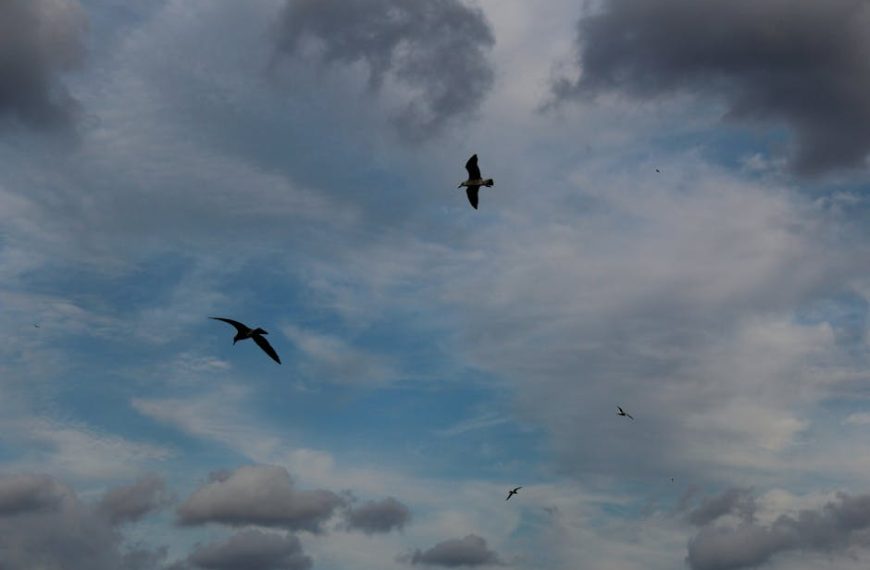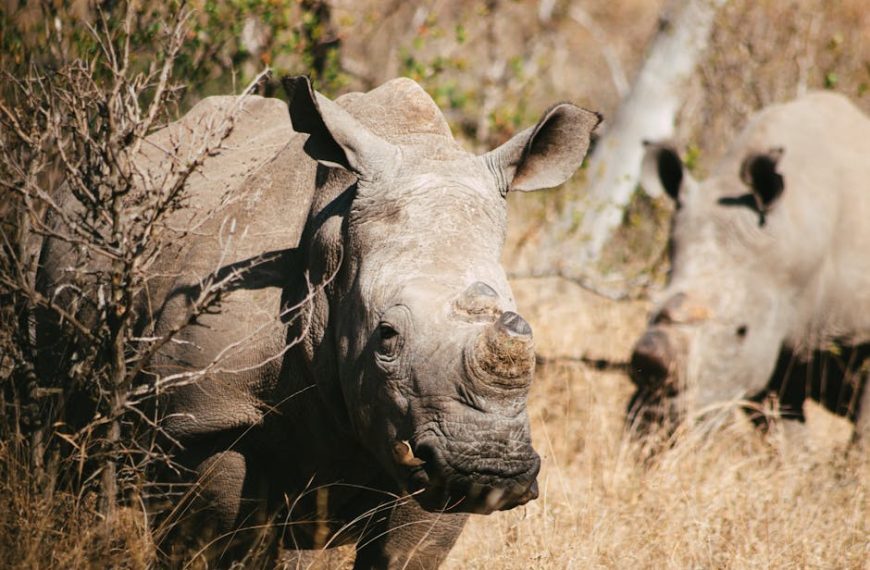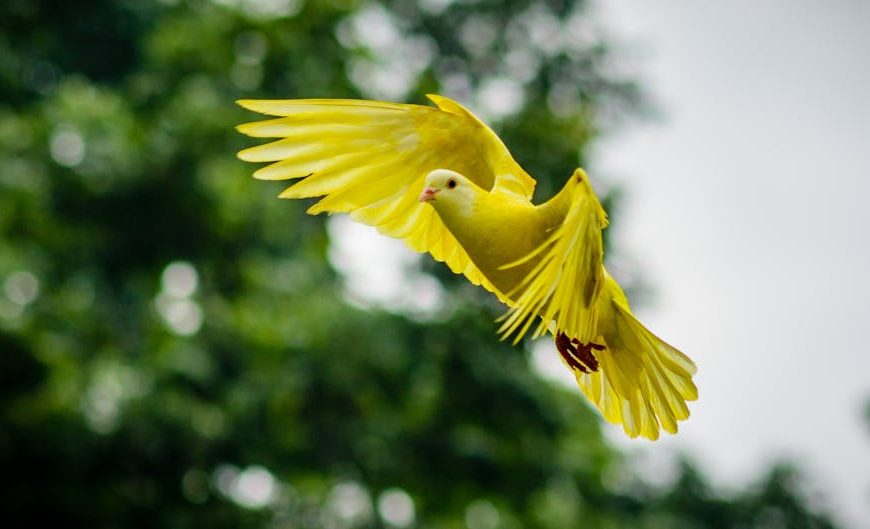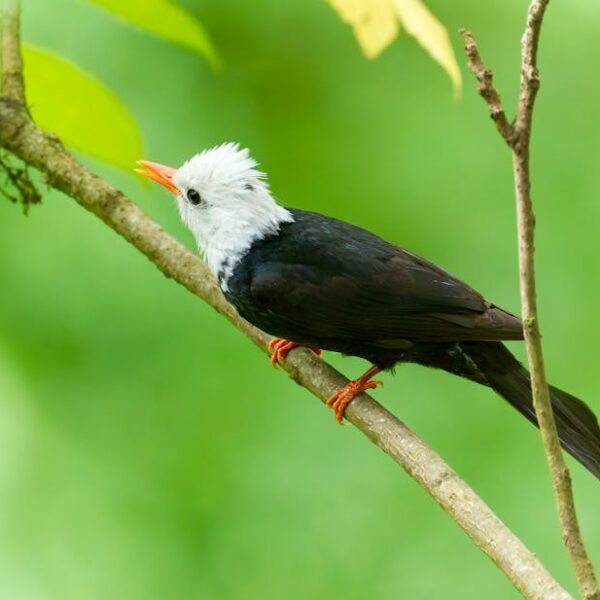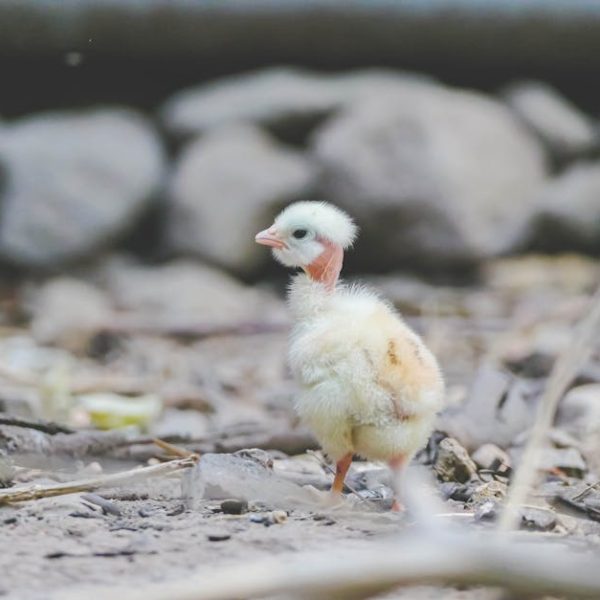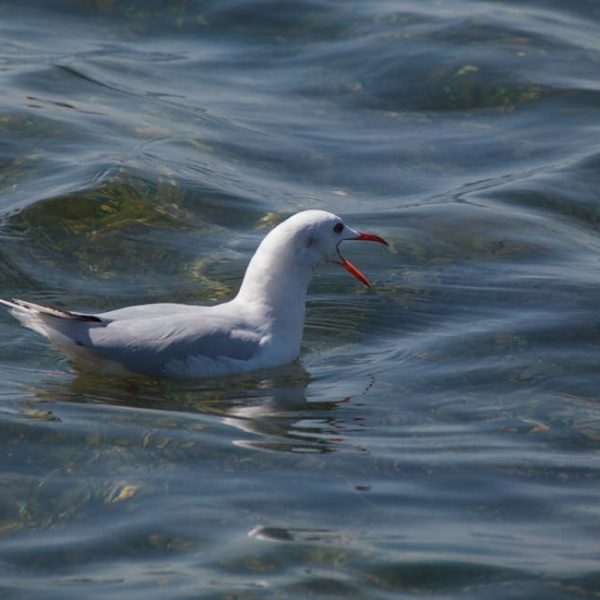In a fascinating twist of nature, it turns out that wasps, often perceived as predatory insects, themselves fall prey to a few intrepid hunters. The insectivorous birds such as swallows and sparrows, surprisingly, include wasps in their regular diet.
Understanding the Wasps’ Predators
While we commonly fear wasps for their stings, to some birds, wasps are part of a well-rounded menu. Swallows, sparrows, and various insect-eating bird species have been observed engaging in daring aerial hunts to catch and consume these stinging insects. Observing these natural hunters in their habitat can be enlightening but must be approached with caution to avoid disturbing these creatures or putting oneself at risk of wasp stings.
Here are some best practices to safely observe these predators:
- Keep a safe distance and use binoculars or a camera with a zoom lens to observe from afar.
- Make sure not to disturb the birds or the wasps’ nests during observation.
- Be patient and quiet to avoid alarming the creatures.
Adaptations of Bird Species That Hunt Wasps
Successfully preying on wasps necessitates an array of unique adaptations in birds. Remarkable traits such as rapid reflexes, sharp vision, and excellent flying skills enable these predatory birds to swoop down and snatch their wasp prey mid-air without getting stung.
Pro Tip: Observant birdwatchers and nature enthusiasts can glean exceptional insights into the nuances of biological adaptation and evolution by studying these bird behaviors.
Role of Birds Hunting Wasps in the Ecosystem
These hunting events don’t just quench the hunger of these impressive birds; they also serve an essential role in maintaining an ecosystem’s equilibrium. Through the natural act of predation, these birds aid in pest control, help pollination processes, and play a part in the dynamic food web within their environments.
Let’s analyze the impact on an ecosystem when such predation dynamics are disrupted. To do this, we’ll compare two similar habitats – one where birds prey on wasps, and one where such interactions are absent.
(Insert Table: Comparison – Ecosystem Stability)
The Hunting Methods of Birds That Prey on Wasps
From a survival standpoint, each bird species has devised effective hunting tactics to capture wasps. Aerial catching, ambush hunting, and ground foraging are among the many methods they employ. This variety is evidence of the birds’ unparalleled agility, adaptability and instincts.
Best Practices for observing these hunting techniques include:
- Practice quiet movements and use camouflage clothing to blend with the environment.
- Use photography equipment with fast shutter speeds to capture these swift movements.
The Risks and Benefits for Birds That Prey on Wasps
Predation always has its risks and benefits. For birds that hunt wasps, the dangers could include painful stings, while the rewards include a nutritious meal that’s plentiful during certain seasons. This predator-prey dynamic further impacts these birds’ survival in diverse ways, shaping behaviors, life spans, and population growth.
Let’s evaluate the costs and benefits of birds preying on wasps:
(Insert Table: Risks and Benefits)
The Surprising Tactics
Each bird species has developed its own unique set of tactics to capture wasps, and these could range from aerial catching, ambush hunting, to ground foraging. Some birds swoop down on flying wasps, catching them mid-air whereas others prefer to wait silently near the wasp’s nest and make their move when the wasps are least expecting. Birds that use ground foraging techniques will look for wasps that have landed, seizing the opportunity to snatch up a quick and easy meal.
Here’s how you can observe these amazing hunting techniques firsthand:
- Make sure to stay quiet and still when observing to avoid disturbing the birds or wasps.
- Using binoculars or a camera with a powerful lens can allow you to observe from a safe distance.
- Pay careful attention to the timing of the birds’ movements – birds have been known to adjust their hunting strategies based on the time of day and environmental conditions.
Navigating the Risks and Reaping the Benefits
Hunting wasps is not necessarily an easy task for birds. The risk of getting stung is high and the wasps are quick and agile. However, the reward for successfully capturing a wasp can be considerable. Wasps provide a good source of protein and other nutrients, making them an attractive food source for these birds.
Now, let’s take a closer look at the costs and benefits associated with this predatory behaviour:
| Benefits | Risks |
|---|---|
| Nutritious food source | Risk of stings |
| Abundant in certain seasons | Energetic cost of hunting |
| Enhances survival skills | Adapting to wasps defensive strategies |
It’s evident that nature has its beautiful way of interweaving the lives of different species. In this case, the interaction between birds and wasps highlights the complexity and wonder of nature’s food web. Watching this dynamic unfold can give you a greater appreciation for the delicate balance that makes up our ecosystems and the unpredictability of predator-prey relationships.
Key Takeaway:
- Certain bird species, such as swallows and sparrows, surprisingly prey on wasps, showcasing nature’s unexpected predator-prey dynamic.
- These birds have unique adaptations, including fast reflexes and sharp vision, that allow them to hunt wasps successfully, offering insights into animal adaptation and evolution.
- Birds preying on wasps play a vital role in maintaining the ecosystem equilibrium, contributing to pest control, pollination processes, and food web regulation.
- Different bird species employ diverse hunting tactics to catch wasps: aerial catching, ambush hunting, ground foraging, each reflecting the birds’ agility, adaptability, and instincts.
- The predation of wasps by birds comes with risks and benefits, affecting various aspects of these birds’ survival, behaviours, population growth, and overall life spans.
The intricate relationship between birds and wasps illuminates the profound complexities and marvels of nature. Although venturing into such an unexpected predator-prey dynamic might seem intimidating, it provides us with enriching insights about the delicate balance within our ecosystems. It is a remarkable spectacle worth observing – safely and respectfully, of course!
FAQs
Q: What kind of birds hunt for wasps?
A: Predominantly insectivorous birds such as swallows and sparrows are known to include wasps in their diet, showcasing an unexpected aspect of the food web.
Q: How do birds avoid wasp stings while hunting?
A: Birds exhibit several unique adaptations that aid them in hunting wasps, such as rapid reflexes, keen vision, and excellent flying skills. These traits help them snatch wasps without getting stung.
Q: What role do birds that hunt wasps play in the ecosystem?
A: These birds help maintain the ecosystem’s balance by aiding in pest control, supporting pollination processes, and playing a significant role in the food web regulation within their environments.
Q: What are some typical hunting tactics birds use to catch wasps?
A: Birds employ a variety of hunting strategies such as aerial catching, ambush hunting, and ground foraging. These tactics illustrate the birds’ impressive agility, adaptability, and instinctive behaviours.
Q: What are some of the risks and benefits faced by birds that prey on wasps?
A: Hunting wasps can pose risks like stings that could potentially hurt the bird. However, on the upside, wasps provide a nutritious food source, especially during certain seasons when they are plentiful.
We encourage you to share this article and explore other posts on our website to learn more about the wonders of nature and its extraordinary inter-species relationships.
